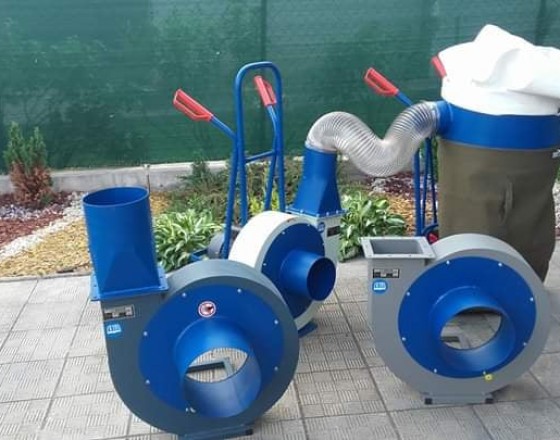
1325 Cnc 4 Os Drevoobrábacie Stroje Pre Predaj Auta Cnc Stroj Rytie Stroj Pre Hliníkové Rezbárstvo | Drevoobrábacie stroje a diely ~ www.fryday.sk

Kombinovaný drevoobrábací stroj na predaj, použitý kombinovaný drevoobrábací stroj | Machineryline Slovensko

LIVTER hot predaj 800W mini list energie dreva hrúbky jointer hobľovanie, nástroje, elektrické planer drevoobrábacie stroje ~ Počítač & Office | www.restaurantcbc.sk




















